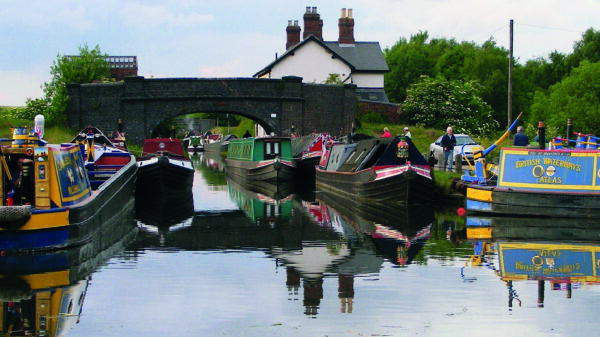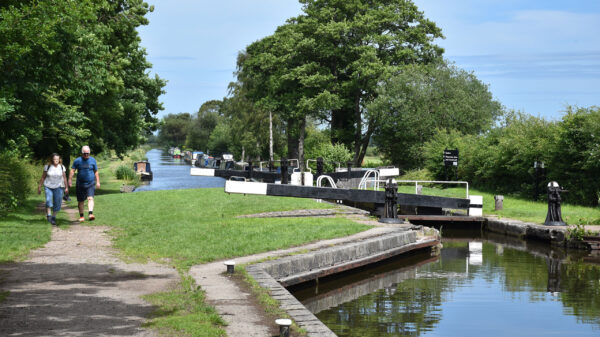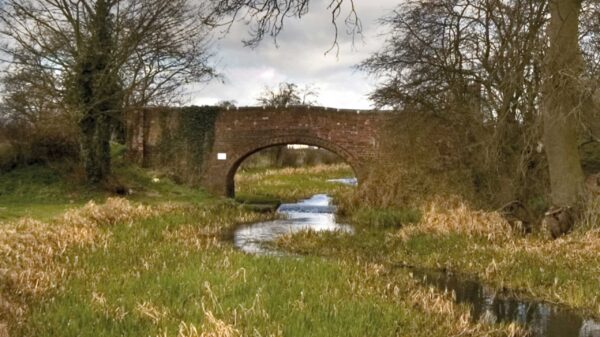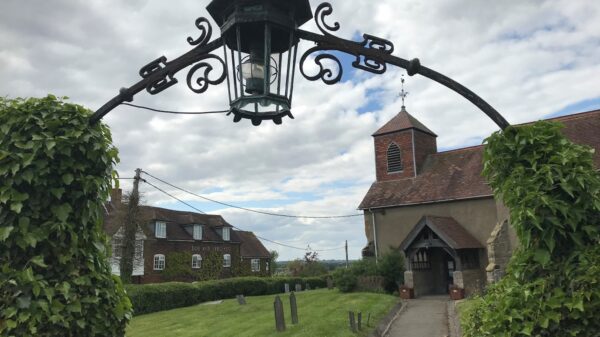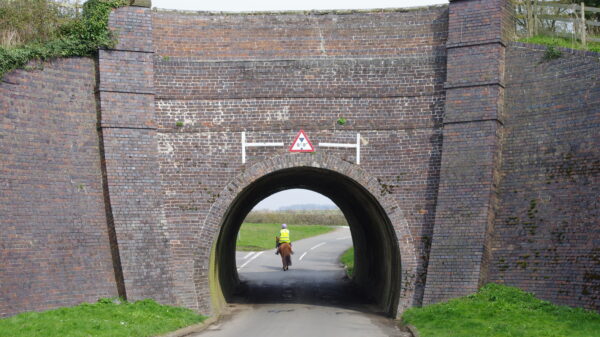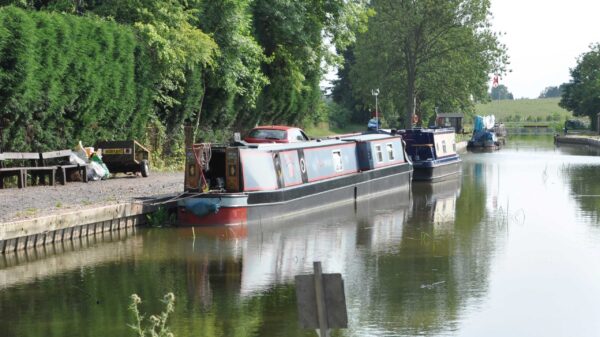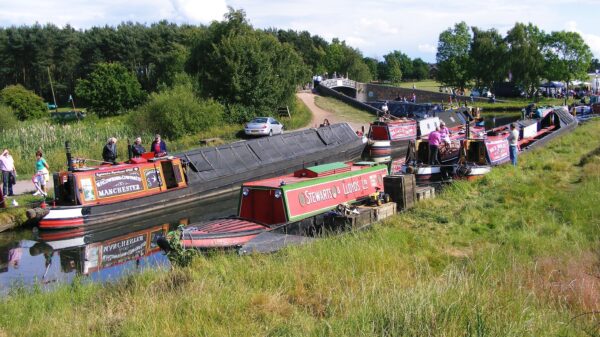About the Cannock Extension Canal
The Cannock Extension Canal was probably the last significant narrow canal built in the UK and was completed in 1863. The 5.6mile (9km) canal linked the Cannock Collieries to the Birmingham Canals network at Pelsall Junction. It was all level with the exception of a branch from Rumer Hill Junction which linked to the Hatherton Canal at Churchbridge with 13 locks. This also gave a link to the Staffordshire & Worcester Canal at Hatherton Junction near Calf Heath. The remains of the Hatherton Canal as it is now known; are preserved with a new line proposed for the eventual restoration of this lost link into the Northern Birmingham Canal Navigations.
In later years, coal was often carried in trains of day boats or ‘Joeys’ towed by a powerful tug, especially on this section of the long Wolverhampton level. The Cannock Extension Canal became known for the ‘Black Country Tide’, a small wave produced by the simultaneous movement of these ‘trains’ converging on Pelsall Junction from east and west and turning up the Extension. It suffered from mining subsidence with part of the canal dropping a dramatic 21ft (6.4m) in 1960. The northern part of the canal beyond Watling Street (A5) was officially abandoned in 1963 with many old wooden day boats being dumped before the canal was severed by the dropping of the road crossing.
From Pelsall Junction, the canal now runs for 1.8 miles to Norton Canes dock. Being straight it provides a contrast to the curly Wyrley and Essington Canal. It has been designated a Site of Special Scientific Interest since it is home to one of the country’s largest populations of the protected Floating Water Plantain.
[Photo: Historic boats on the Cannock Extension Canal by Pelsall Junction at an IWA gathering – by Angela Acott]


